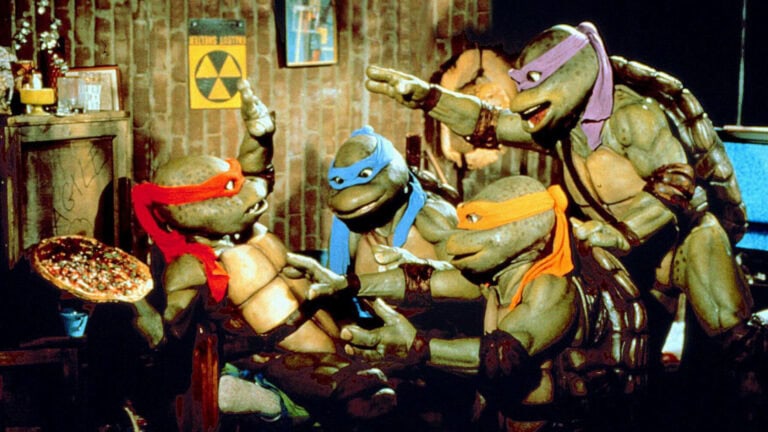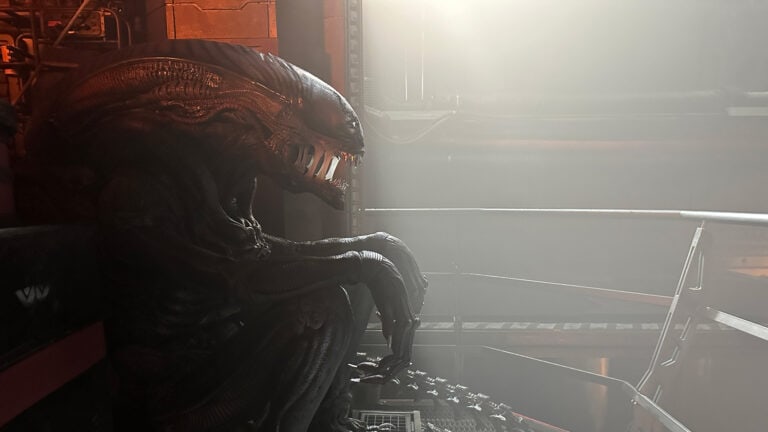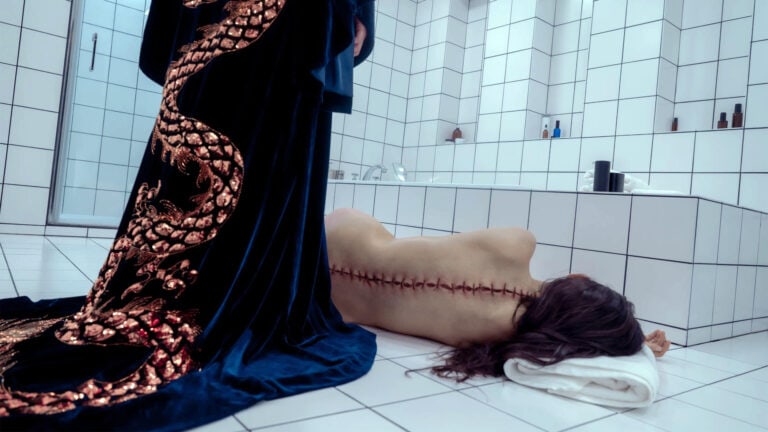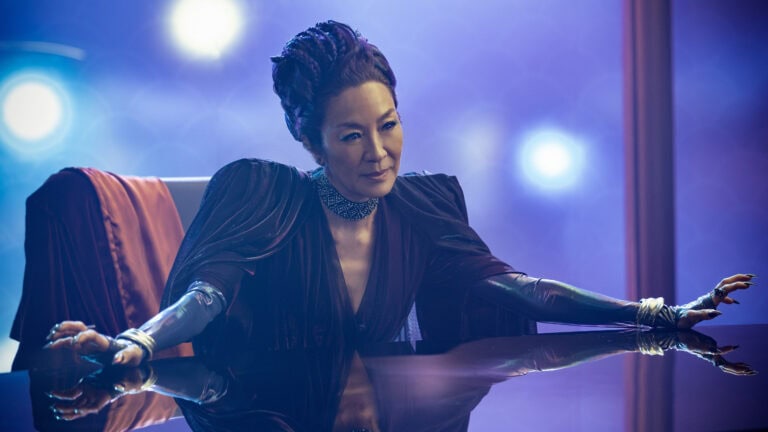Dmitrious Bistrevsky and Dorian Gregory: Portraying Darth Vader in Obi-Wan Kenobi
Dmitrious Bistrevsky and Dorian Gregory revealed their incredible experience working together to bring Darth Vader back in Obi-Wan Kenobi, delving into the synchronization of physicality and voice performances.

A year ago, Star Wars fans witnessed the return of the most iconic character in pop culture, Darth Vader, in the limited Disney+ series Obi-Wan Kenobi—marking the comeback of Hayden Christensen to the franchise to portray the iconic villain once again. However, what many fans are not aware of is that Christensen was not the only one responsible for portraying the character in the show. Obi-Wan Kenobi showrunner Deborah Chow assembled an elite team to cover all aspects of the Dark Lord of the Sith—from physicality to voice. Whereas Hayden Christensen delivered a nostalgic performance as Anakin Skywalker during the flashback scenes and under layers of makeup when we see Vader’s scarred visage, most of the suit performance was executed by Dmitrious Bistrevsky in collaboration with stuntman Tom O’Connell. Equally important to the character was the unforgettable modulated voice which in the show was credited to the legendary James Earl Jones. However, with the seasoned actor retiring from the role at the age of 91, Dorian Gregory was brought into the project to help the iconic voice live on. Although Jones was credited (Gregory’s performance was modified by the Respeecher technology to match Jones’ signature voice), it is important to acknowledge Gregory’s incredible contribution to the character. In an exclusive double interview, Dmitrious Bistrevsky and Dorian Gregory unveiled their incredible contribution to the character of Darth Vader in Obi-Wan Kenobi.
The intimidatingly mountainous presence of Darth Vader has to be credited to the late David Prowse, who was the first to put on the mantle of the villain in the original trilogy. Since then, other actors have taken on the role, Hayden Christensen at the end of Revenge of the Sith and Spencer Wilding alongside Daniel Naprous in Rogue One, but all of them heavily referenced Prowse’s work. His subtle yet explosive physical performance has created a specific canon with very tight parameters, a role that has been scrutinized arguably the most out of any character in history. However, Deborah Chow wanted to evolve the character’s physicality to reflect Vader’s state of mind at this point in the timeline. Bistrevsky said, “My final audition was a walking test with Deborah Chow. They wanted to see how I moved in the suit, and they were looking for a very specific walk. They were trying to pay homage to David Prowse but also update the movements. The original Vader had a power walk, this aggression and passion in his walk, whereas the modern Vader that’s been established more in the video games and in the animated series is more of a graceful master. They wanted to fuse the two.”
The actor’s mastery in physical theater as a circus performer was the catalyst for landing the iconic role. However, a chronic knee injury almost jeopardized his final audition with Deborah Chow. “I had this for years. Over time my hip started compensating because you’re always avoiding stepping on the weak knee, and what that does is it creates a slight sway when you walk. It’s super subtle, I could isolate my muscles and hide it from anybody. However, in that audition, Deborah Chow saw it but didn’t know what she was seeing. The chest piece would wiggle ever so slightly when I was walking. I tried to isolate it, and I knew it was coming from the hip, but I didn’t want them to know. When I noticed the attention to detail and passion that she had for the character, I understood how far I wanted to go. Deborah Chow has this presence about her that makes you want to deliver,” Dmitrious Bistrevsky shared.
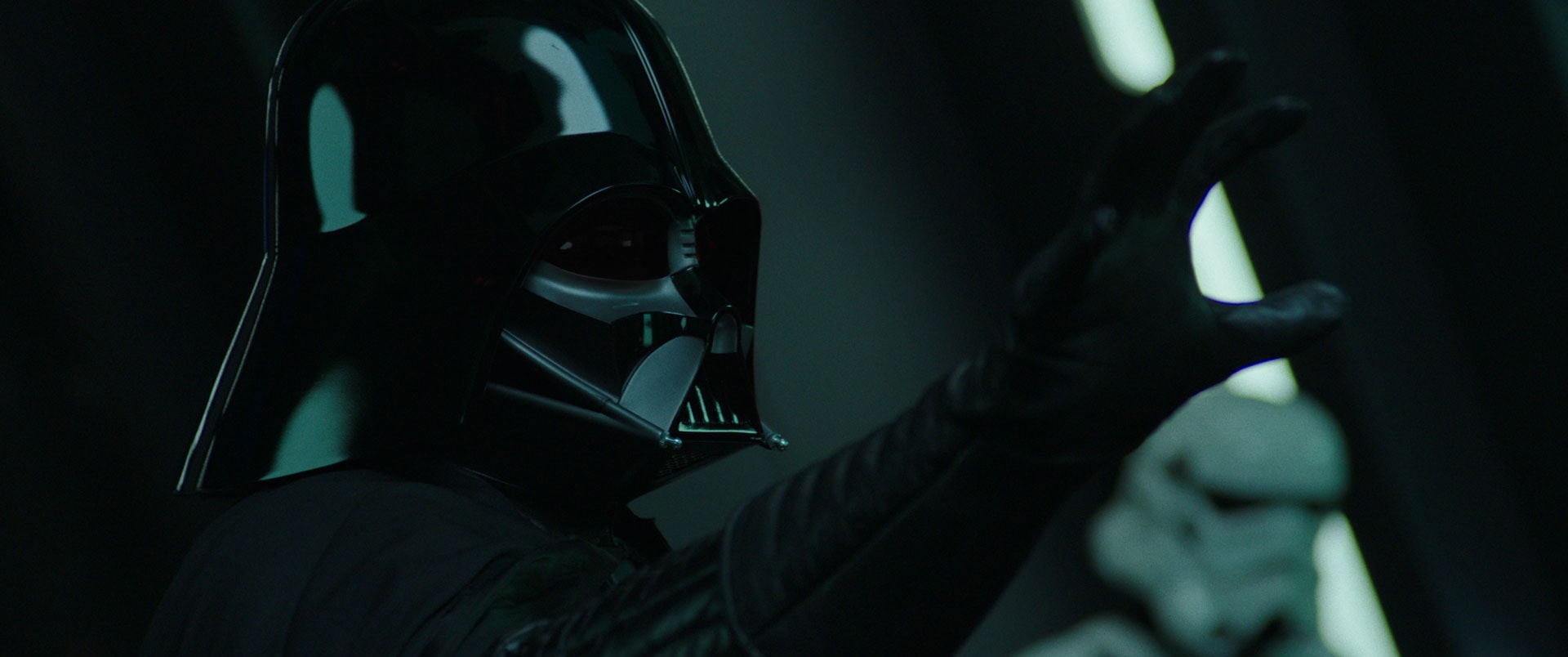
And so Dmitrious Bistrevsky booked the role and his journey into becoming Darth Vader began—taking him on a dark path that will forever change his mind and spirit but also allow him to deliver the most outstanding Vader yet. In preparation for the role, Bistrevsky began a detrimental training to bring him to the dark side: “I dove completely into the darkness as fast and as hard as I could. Every day I would meditate into rage. I teach meditation, so I just inverted everything—I would try to get myself in a negative spiral until I would get mad, and then I’d continue down that spiral until I got furious, getting into rage. I’d sit there as long as I could, then I’d calm myself down. That was part of my training practice; I did this for months.” He added, “In the beginning I started exploding on people, I had a hard time controlling my emotions, because I was just tapping into the darkest parts of myself all the time. I just kept myself longer and longer in seclusion, training in my own space.”
In order to achieve absolute physical perfection, Bistrevsky asked for a movement coach. Olga Sokolova, elite dance trainer, soon joined Obi-Wan Kenobi. The actor said, “I requested Olga because we had worked together on a show years ago. She’s elite of the elite for dance and movement. She understood subtlety, and her attention to detail was unprecedented. Tom [O’Connell] and I went to boot camp with Olga for about a month, then afterwards we started branching out: Tom went to sword camp because he was gonna do all the lightsaber fighting, and I was doing all the performance acting. I requested to train independently with Olga, which we did three months before we went on set.”
Dmitrious Bistrevsky and Olga Sokolova started focusing on correcting the postural compensation caused by his chronic injury then began to add more ballet-like training for strengthening the spine and to enhance the character. Bistrevsky explained that “Vader’s posture is one of the most iconic of things … He needs to outwardly project that he’s a master. He will never slouch, never lean on anything, never fidget because he’s an absolute master of his body and mind. This posture had to be a part of my muscle memory because it’s not a natural intuitive way to stand or move. A lot of the training that we did was learning how to tuck the pelvis up, isolate the core, close the ribs, pull the neck up, engage the glutes all while walking so that it would feel like a single unit. When I walked, regardless of the tempo, the head would never bob, the body would never sway, and it would just look like I’m gliding. I practiced the walk for 1000 hours because that’s the level of practice that is required in circus, to put something into muscle memory so that you could do it effortlessly. I needed to completely master the character from every angle and every aspect of it.”
Adding to the monumental challenge of performing with Vader’s suit was the lack of visibility. Under the helmet, Bistrevsky explained that there was no peripheral vision, and he could only see for about seven minutes before everything would completely fog up—resulting in complete blindness. To address that, the actor trained blindfolded, memorizing obstacle courses using sense memory. “Sometimes at the very tail end of the scene, I’m just walking with faith. I can’t see anything, and I’m just trying to keep the posture and keep the character to not ruin the take. And if I walk into a wall, a barrel, or a person, I’m just gonna walk with confidence and hope.” Bistrevsky praised Sokolova for her crucial role on set to facilitate the scenes: “She was very, very instrumental with the body aspect of it. She served almost like an orchestra conductor where as I would walk, she would stand in my peripheral, giving me notes in real time. We developed a kind of sign language for it. We were looking for perfection.”
Bistrevsky confessed that they attempted to have him deliver the lines, but whenever he tried to add rage to his voice, the helmet would shake, and he wasn’t able to isolate his physicality. That’s when actor Dorian Gregory (who readers might recognize for his role of Darryl Morris in the television series Charmed) was brought into the show. The execution of Vader’s voice was unconventional. Whereas voice acting often happens in post-production, Gregory performed live on set, collaborating in a synchronous way with Deborah Chow and Dmitrious Bistrevsky (or Tom O’Connell for the stunt scenes). The actors in the suit had an earpiece to hear Gregory’s voice (along with the other cast’s dialogues) and would react accordingly. On the opposite end, the voice actor would watch every subtle physicality through a monitor and deliver the lines.
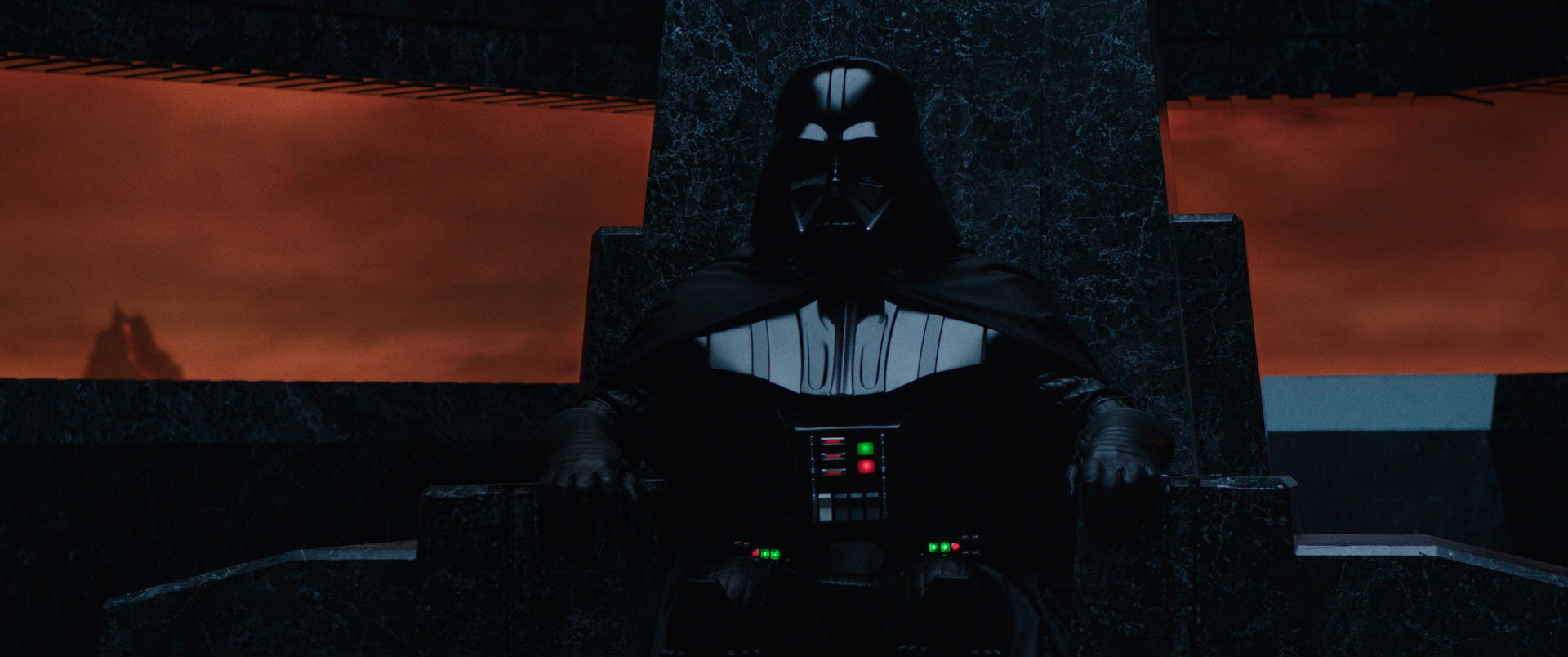
Dorian Gregory reflected on his unexpected journey to become the voice of Darth Vader. The call from Disney came at a difficult time in the actor’s life, battling several personal challenges in the midst of the worldwide COVID-19 pandemic. As always, Lucasfilm is very secretive about their projects, so Gregory only knew that the role was of a “General” for a Disney kids show. After reading part of what would then be revealed as Vader’s dialogue, the actor had a gut feeling that this was going to be an interesting role. When Gregory got the role and Deborah Chow told the actor he was going to be the voice of the most iconic character of the Star Wars franchise, he started to ponder over the importance of the opportunity, the responsibility behind it all: “I didn’t want to mimic James Earl Jones; I wanted to understand the driving blood of who Vader was. I didn’t wanna do Darth Vader, I wanted to be Darth Vader. That’s the beauty of it all.”
Call it fate, but Dorian Gregory was meant to play the iconic villain. The actor shared, “James Earl Jones had a childhood affliction, stuttering. I had a childhood affliction, diabetes. I was a poet as a child. James Earl Jones is a poet. There’s a similarity in our tenor as far as our voice, our timber is similar. You couldn’t predict this as far as all those key beats that allow a certain performance, that you’re able to funnel through and channel your emotions, which is what our performance is, those similarities and journey, you know?”
Dorian Gregory delved into the fascinating journey synchronizing his vocal performance on set with the suit actors’ physicality and the world around them: “The intimacy as far as my connection with all the characters was that they were made sure to keep me in close proximity as much as they possibly could to the scene because I’m feeding off more than words. There’s an energy that we all exude that you want to connect with; that actually impacts the end result of your work. The monitor had close ups of everybody that I was engaged with that gave me this human spark, this human bond, this human engagement that you can’t put words to. It’s like the Force, it’s life, it’s energy, and the closer you get to that energy the closer you reach human emotion. There’s so many nuances in body language and movement. As a voice actor, doing this in real time with a suit actor, you have to be in sync with what his body is communicating, with the subtle nuances of all of his movements.” Dmitrious Bistrevsky added, “[Dorian Gregory’s] voice became music. We just synced up in such a way that my performance was affected by his performance and his performance was affected by mine … It became a symbiosis.”
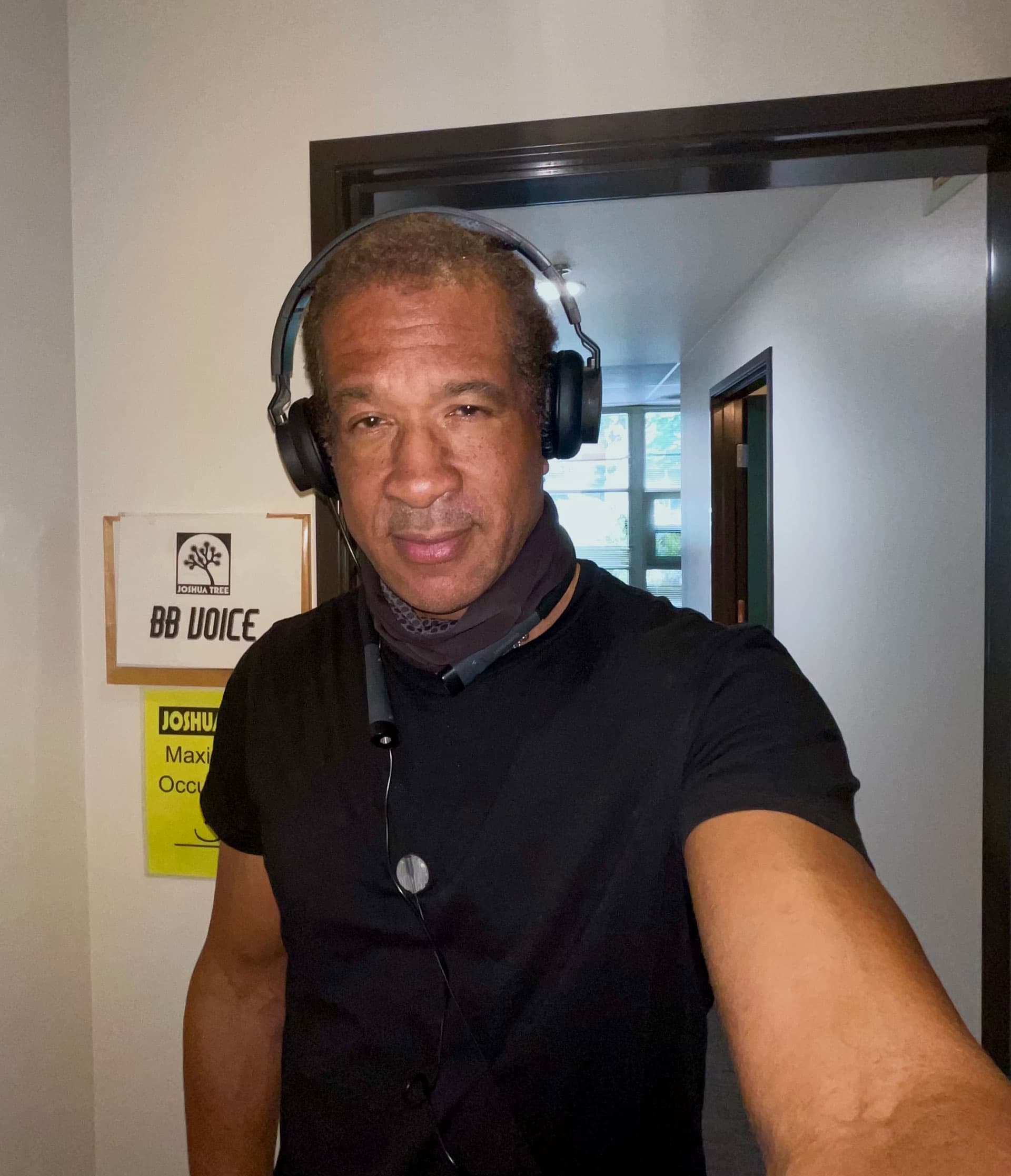
The voice actor gave some final remarks about the Respeecher technology, how it can and should only be a creative tool that can never replace the human experience: “They can make you sound like anybody, but because of the complexity of human beings, you can’t fabricate the true complexion and demand of emotion. You can’t predict what somebody’s going to do or how they’re gonna sound or all the subtleties that happen in communication. You have to build it on a performance.”
The knowledge, devotion, and hard work the Darth Vader team has poured into Obi-Wan Kenobi is remarkable and inspiring—and it can only be appreciated and recognized by the fans who loved the show and are passionate about the character. If you feel compelled to show your support to Dmitrious Bistrevsky and Dorian Gregory, then make sure to follow their personal journeys on Instagram, they deserve all the love and praise for their outstanding performances.

